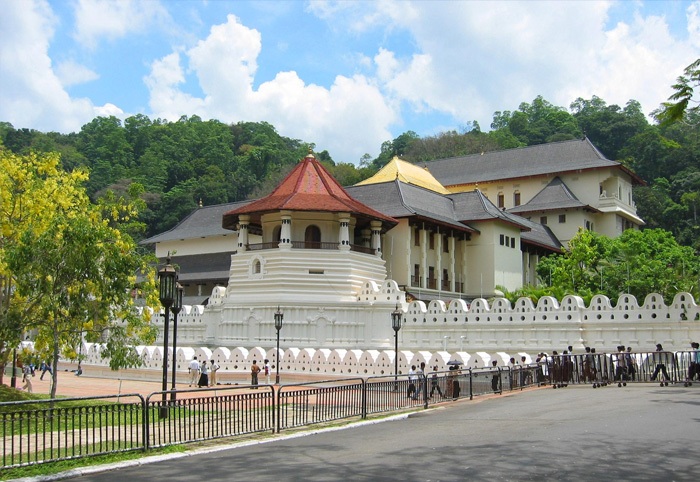The Sacred City of Kandy
This sacred Buddhist site, popularly known as the city of Senkadagalapura, was the last capital of the Sinhala kings whose patronage enabled the Dinahala culture to flourish for more than 2,500 years until the occupation of Sri Lanka by the British in 1815.The Sacred City of Kandy was inscribed by UNESCO as Sri Lanka’s fifth and the world’s 450th World Heritage site. The reason is its religious and historical significance as an internationally renowned Buddhist pilgrimage site and as Sri Lanka’s last royal capital.
The Kandy Kingdom in the hill country, independent till 1815, managed to preserve Sri Lanka’s Sinhalese culture when the lowlands came under Portuguese and later on Dutch influence. Particularly the Portuguese, on behalf of Roman Catholic spiritual leadership, suppressed Sinhala Buddhist and Tamil Hindu and Moor Muslim culture, for instance by destroying their sacred sites in the lowland territories under their control.
Originally called Senkadagalapura, the new Sinhalese royal capital in the highlands became known as Nuwara or Mahanuwara, which is the Sinhala word for “town” or “grand town” respectively. The Sinhala term “Kanda”, from which the British derived the name “Kandy”, in its original local sense, referred not to the city but the hill country. In a way, Kandy and hill-country are synonymous. Until 1815, the Kandyan Kingdom in the highlands had remained independent from colonial rule, longer than any other part of the island.

